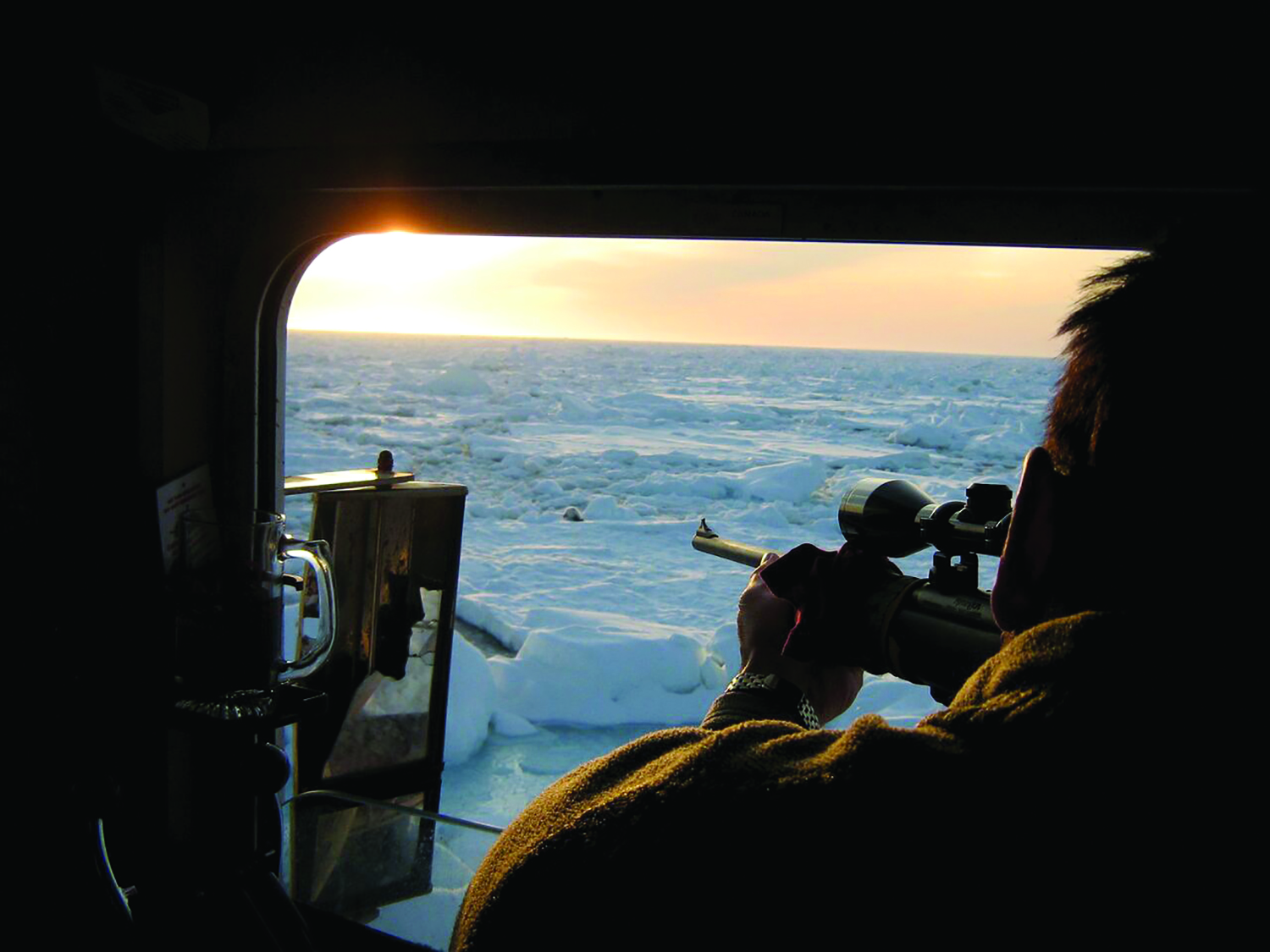The European Union recently announced that products made from seals hunted by Inuit people can continue to be sold in the EU despite the 2009 ban that prevents sale of other seal products derived from seals killed by non-Inuit Canadians. Since the implementation of the ban, income from sealing in the Inuit community of Canada has plummeted to a fraction of what it was prior to the ban. It is impossible to imagine a sealing policy that would be more hypocritical and anti-democratic. Animal rights groups constantly make pious, politically correct statements that they are not against Inuit sealing. For decades, Inuit organizations — including the Inuit Circumpolar Council, which represents northern Aboriginal communities around the world — have rejected this “exemption” as being economically meaningless, based in a colonialist and paternalistic mentality, and little short of racism.
Canadian sealing is a sustainable use of a natural resource carried out by licensed, well-trained sealers under the rules and regulations of the government of Canada, which have been developed based on both population science and humane killing techniques. And they apply to all Canadians.
The population of the Harp seals we hunt is about 7.5 million animals, more than tripling the population of the herd in a little over four decades. None of the seal species we hunt have ever been on any reputable list of either endangered or threatened species. As well, the other seal species hunted in Canada fall into the category of “All known stocks… increasing in number.” The Canadian quota of Harp seals, as established by scientists, is 400,000 animals. But being conscientious conservationists, we only take what the market will bear and what we can use. That varies from year to year and has rarely been over 100,000 in the last decade or so.
Despite the comments of the animal rights groups, the worldwide markets for seal products (food, omega-3 fatty acids, oil, fur, leather) continue to exist. They exist but are inaccessible because the decades-old animal rights corporations’ propaganda campaigns have co-opted (bought?) politicians in the EU, the United States, resulting in trade bans.
The ban denies their citizens their democratic right to choose to buy seal products or not. But that right has been stolen by politicians reacting to the propaganda of multimillion-dollar lobbying corporations. When propaganda wins, democracy loses.
Sealing in Canada is about people earning a living. It is about selling the products and using the products for personal needs. Tens of thousands of rural Canadian citizens are directly and indirectly employed in the sealing industry. Sealing is part of an annual mosaic of income for rural Canadians that enables them to live in their communities. The same thing applies to Canadian farmers, ranchers, trappers, hunters, and so on: The only difference is the species killed.
The use of the descriptor “baby” is simply an anthropomorphism (the Bambi syndrome) designed to influence and upset urban people who have a total disconnect with the sources of their food, clothing, medicines and other objects of daily use. The seals killed are independent and are on their own to survive or not. It is more akin to killing lambs and calves, but quicker and with no landfill pollution issues. Young is an urbanite construct and not reflective of nature. Seals are not helicopter parents.
About 98 percent of Canadian seals are killed by a gunshot to the head. It is instantaneous as found by innumerable studies by independent veterinarians. The only negative studies have been bought and paid for by animal rights groups. The reality is that no animal-killing is pretty. It is ugly. But pretty and ugly are not synonyms for right and wrong or good and bad. What we cannot use we leave on the ice to return to the ecosystem as food for birds, marine mammals, fish and crustaceans. We are so green Kermit would blush.
The reality of the 50 years of animal rights propaganda has been the diminution of the incomes of thousands of Canadian citizens while these American-headquartered groups have collected hundreds of millions of dollars from people who have been misled into thinking they are supporting animal care and conservation. What this is really all about is money and ego. The almighty dollar and the ego stroke those running the shows get from the media attention. One group alone has assets over $100 million annually.
For decades these corporations have said nothing new, yet their comments are deemed “newsworthy.” They and their celebrity friends utter ridiculous comments, and no journalists challenge them. It’s a circus, a travesty of fiction over fact, and proof that hypocrisy reigns supreme. It is media manipulation of the highest order. Propaganda is an insidious thing, and unless countered by a free press prepared to ask the hard questions, it will continue ad infinitum.
Democracy is about the right of citizens to choose for themselves and not have owned politicians steal their democratic rights. Democracy demands a critical, questioning, skeptical media to succeed. But what we get instead, when it comes to sealing, is a media that parrots what is presented and thus becomes little more than the PR arm of the animal rights corporations.
The animal rights anti-sealing corporations may have won some battles but not the war. If they win the war, you will have to look around to see who among you will be the next victim. The beef, pork, chicken or lamb producers? The trappers or hunters? The clothes manufacturer, shoemaker, auto manufacturer or furniture maker? Anyone who uses animals for any purpose at all?
Nobody in the Canadian sealing industry wants people to buy their products if they do not wish to. Canadian sealers only want all citizens of all countries to have their democratic right to choose for themselves.







